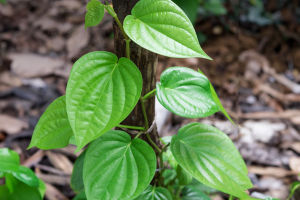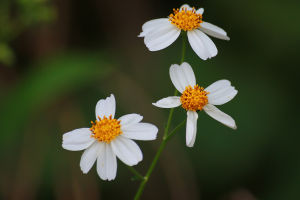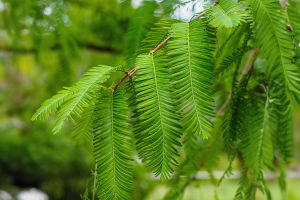Hey Lykkers! Have you noticed how plants always seem to grow in just the right directions—up toward the sun, out with new leaves, or down into the soil? Behind this elegant expansion is something fascinating: plant meristems. These are tiny regions filled with cells that never stop dividing, giving rise to new stems, roots, and even girth.
In this guide, we’ll explore the three main types of meristems: apical, intercalary, and lateral. Whether you're tending to your windowsill herbs or curious about towering trees, you’re about to see plants in a whole new way—from the inside out.
Part 1: Apical and Intercalary – The Stretchers and Sprinters
Let’s start with the parts that push plants upward and outward—where growth feels fast and fresh.
Apical Meristems: The Tip Experts
You’ll find apical meristems at the very tips of roots and shoots. These are like the command centers for vertical growth. Each time you spot a new leaf budding or a root reaching deeper, it’s this type of meristem doing the work.
In shoots, apical meristems help your plant reach toward the sun, supporting new leaves and flower buds. Down in the roots, they push deeper into the soil, helping plants seek out water and nutrients. If you’re trimming a plant to encourage bushier growth, you’re directly influencing this little powerhouse.
Intercalary Meristems: Growth Between the Lines
Unlike apical meristems, intercalary meristems are found between mature tissues—usually at the base of leaves or near nodes. Think of them as the sprinters that let plants recover and regrow quickly.
These meristems are more common in grasses. When your lawn bounces back after mowing, you’re seeing intercalary meristems in action. They give plants a growth advantage when parts are damaged or lost—sort of like having built-in repair kits.
You might not notice these regions at first glance, but once you learn where to look, they show up as the places where leaves seem to rebound fastest.
Part 2: Lateral Meristems – The Widening Wizards
So what makes a tree grow thicker, or gives stems and roots their solid strength? That’s where lateral meristems step in.
What Lateral Meristems Do
While apical and intercalary meristems focus on height or quick rebounds, lateral meristems are responsible for girth. They’re found in cylinders running along stems and roots, forming tissues like the cambium and cork cambium.
The cambium is especially important—it produces new xylem and phloem (those transport tissues we love). That means it’s not only helping the plant thicken but also supporting essential movement of water and sugars.
Watching Growth in Real Time
Ever seen tree rings in a log? Each ring was once formed by lateral meristems. They mark years of growth, adapting to seasons and weather. You can think of lateral meristems as the silent sculptors, adding strength, structure, and resilience without making a fuss.
Even in smaller plants, these meristems work quietly to reinforce stems, helping them stand tall and support leaves and flowers.
How You Can Spot the Impact
When your potted plant starts developing a thicker, woodier stem or if you notice an outdoor shrub hardening at the base—that’s lateral meristem action. It’s not flashy, but it’s incredibly important.
Plant meristems are where growth truly begins. From apical tips that stretch toward the light to intercalary zones that recover quickly, and the quiet strength of lateral meristems that build support—each one plays a role in shaping the life of a plant.
Next time you watch a plant grow, think about the tiny cells deep within, always dividing, always creating. Whether you’re a curious observer or a passionate plant lover, knowing about meristems gives you a deeper appreciation of how nature builds, stretches, and strengthens—one cell at a time. Keep exploring, Lykkers—there’s always more green magic to uncover.


